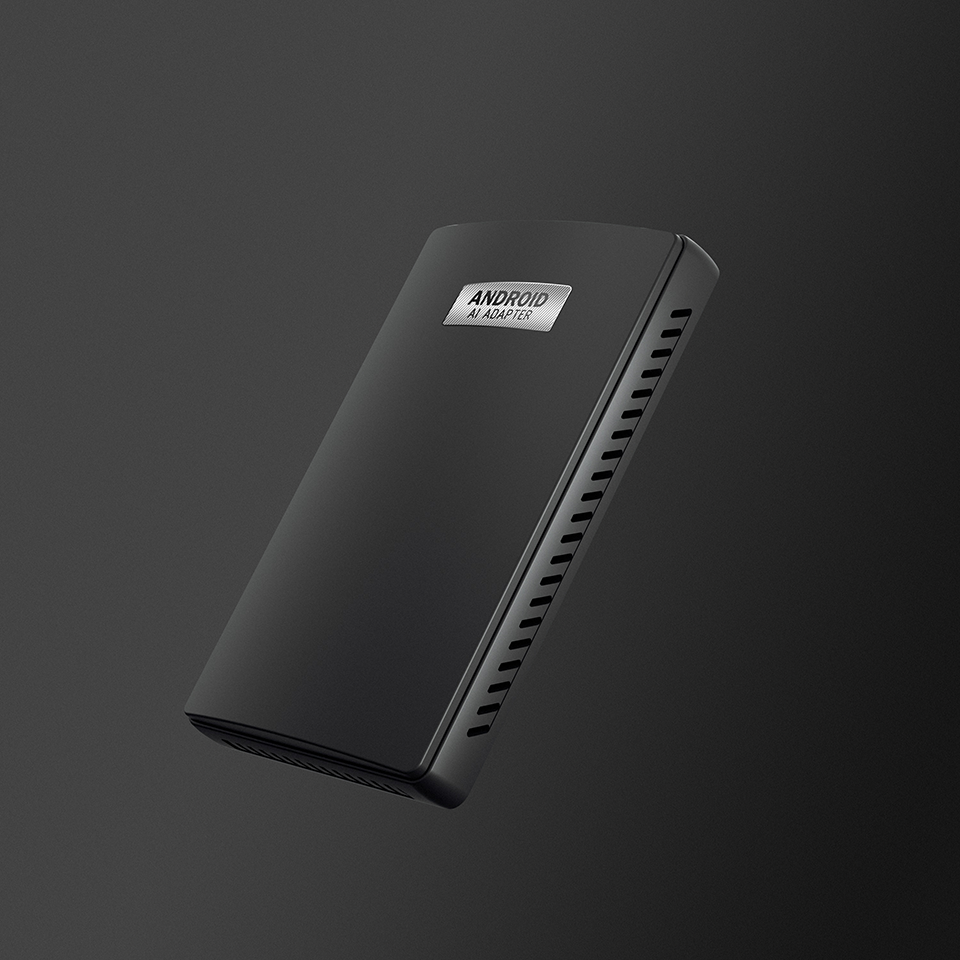At present, the design of a vehicle-mounted system is still in a chaotic state. There is not a set of complete and unified design standards and specifications in the market. Most manufacturers are still using mobile terminal design thinking, which obviously does not match to the actual scene.
Although there is still no set of standard and powerful system specifications and interaction forms to constrain everyone, we can find some basic and important interaction principles and design concepts from the perspective of usage scenarios and user behaviors to avoid some problems in system design.
1. Three main features of the in-car infotainment system comparing to the mobile terminal
First, the single operation of the in-car infotainment system cannot be exceeded 3 seconds
The in-car infotainment system is different from the terminal system. While driving, the user's 95 percent of attention lies in focusing on the driving behavior, and the user can only extract about 5 percent of attention and time to control the system. Therefore, the functional logic of the system is determined, and the information layout must be presented in the best way in a limited time.If the user fails to complete the operation within this time limit, the user may give up and start again. Either the user spends more time and attention, but the risk of driving increases exponentially.
According to the repeated tests in different sections, the average operation is counted, that is, the time for eyes and attention to be focused on the vehicle cannot exceed 3 seconds. In fact, as we enter the third second, we have to use the remaining light to start paying attention to the road ahead.
Within 3 seconds, therefore, whether the user operation fails for the first time, to pay attention to the road conditions, repeat the operation, or the user continuously operates the system until it is finished, is a dangerous behavior. Because the user cost of trial and error is very high, the interaction design and the design of information to the layout need to do the most extreme.Secondly, the in-car infotainment system needs a high aggregation of information and functions
In the special operation environment mentioned in the first point, we can't use the traditional design thinking of mobile terminal to the vehicle's interface and function -- because users have to touch all possible function entrances at a time, the layout of information must be visible at a glance in a very short time.
Therefore, in the design of in-car infotainment system, we need to put aside the traditional mobile terminal design thinking, follow the interaction mode and user demand in the actual scene to design.
Third, the in-car system has obvious operating zone and efficient interaction
Due to the particularity of driving scenarios, users can only operate with one hand closest to the vehicle, but cannot operate with the other hand or both hands as the mobile terminal does. This determines that the design of the functional entrance of the system will have a strong bias, and will also affect the layout of visual information.Also, in the process of controlling the vehicle, clicking is still the most efficient way of interaction. Sliding and long pressing 3-second operation time will greatly increase the operation difficulty and driving risk.
Through the analysis of the above three characteristics, we can understand the background and environment of vehicle system design, from which we can derive some detailed design principles.
2.The design" of interactive behavior
The key information and function entry of the application scenario must be found by the user within the process of scanning the car system.
Do not keep users to frequently looking on the system to search for information;
Do not keep users to spending too much time searching for information;
Interactive behavior must be completed in 1s.
Avoid completing operation by click twice, the function must be one step;
Do not let the user slide or long press;
After the interactive behavior ends, there must be strong and obvious feedback at the third second to inform the user that the operation is successful, such as clear click effect feedback by sound or interface animation, but too lagging (more than three seconds) animation feedback will deviate from the user's effective perception time.
Content change feedback requires explicit and guided animation transition support.
Remove unnecessary decorative dynamic displays to make the feedback more focused.
Under the principle of “three seconds design” above, the in-car system design can achieve the usability.Due to the special usage scenarios and rules of interaction behavior, visual design needs to be ensured the efficiency of information transmission and reasonable visual performance in different scenarios.
3. the consideration of the visual design of the in-car system
(1) Color
It should not use too much-saturated color in night mode.
Due to changes in the driving environment, the overall visual color of the in-car system needs to be adjusted intelligently with the scene. When entering the night mode, the spirit and vision of driving need to be concentrated more on the front. At this time, the interior environment should not be too much strongly obvious colors to interfere the sight. Imagine that when you watch a movie in a theater, people around you have the highest brightness on the phone, which will seriously affect the visual afterglow and make it difficult to focus on the front.
Therefore, the overall color system of the visual design should appropriately reduce the saturation. Similarly, the visual design of the in-car system should also avoid using same color scheme, so that the user can effectively judge the information within 1 second of the safe time.
(2) Font
The text content should be distinguished by the font size to distinguish the primary and secondary relationships. Users can accurately see the key information in the process of scanning.
(3) Icon
The design of icons can be combined with the content of the application. It should be noted that when the content and the form are combined, the line of sight should be consistent, which can help the user to quickly browse and judge the information in 1 second safe time.
(4) Content layout
Since the vehicle has a distinct operating hot zone, the function and entry layout should be designed as much as possible based on the hot zone distribution.
The functional layout should be designed to be located closest to hands, shortening the operating distance.
The above is mainly the basic rules of the visual part of the in-car system design. In addition, we can also optimize the response design of the bottom layer of the system. For example, to optimize the touch area design, the response area of the content should be based on the layout of the function entry, make intelligent adjustments to prevent invalid operations or misuse.


.png)
_副本.png)
